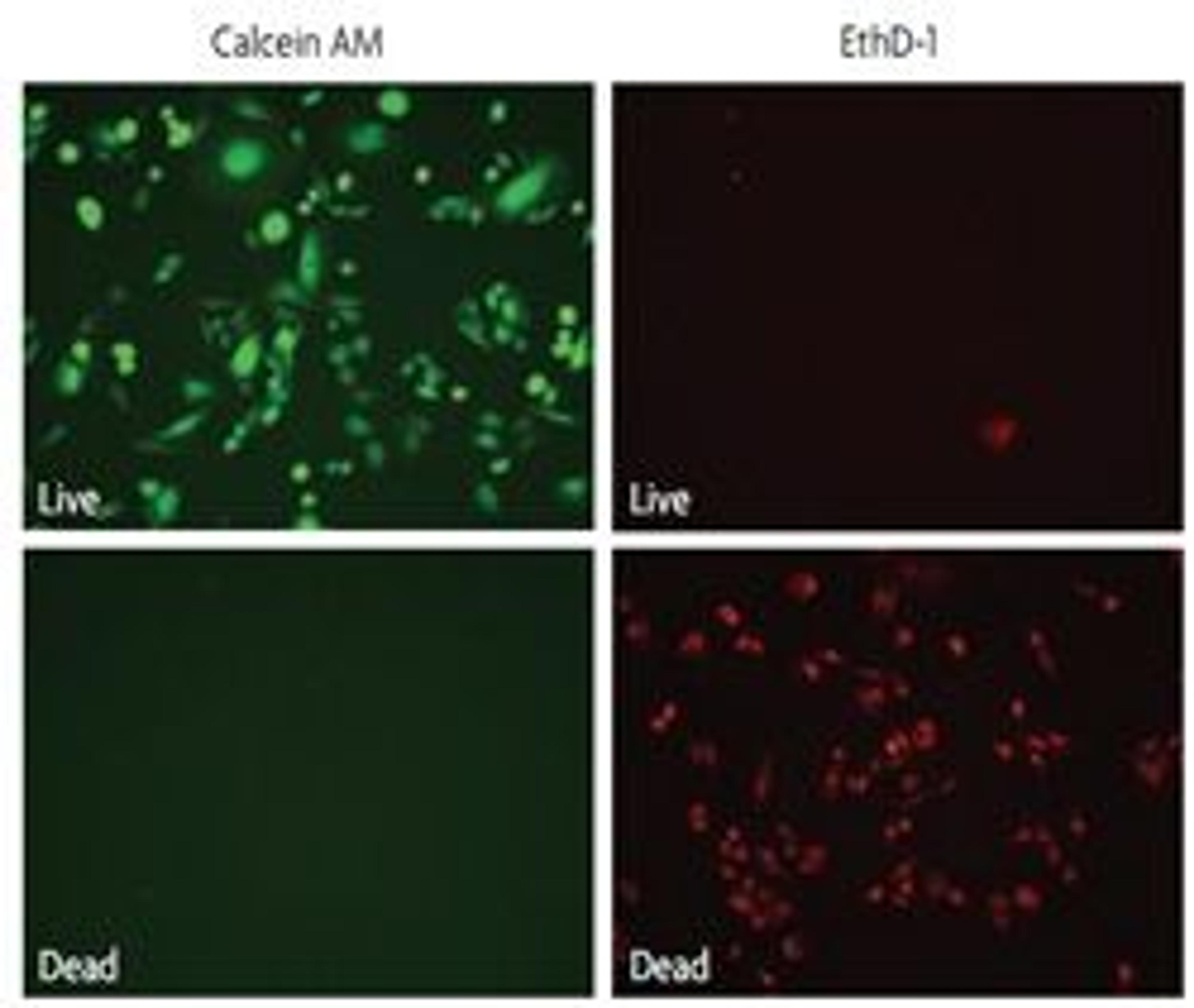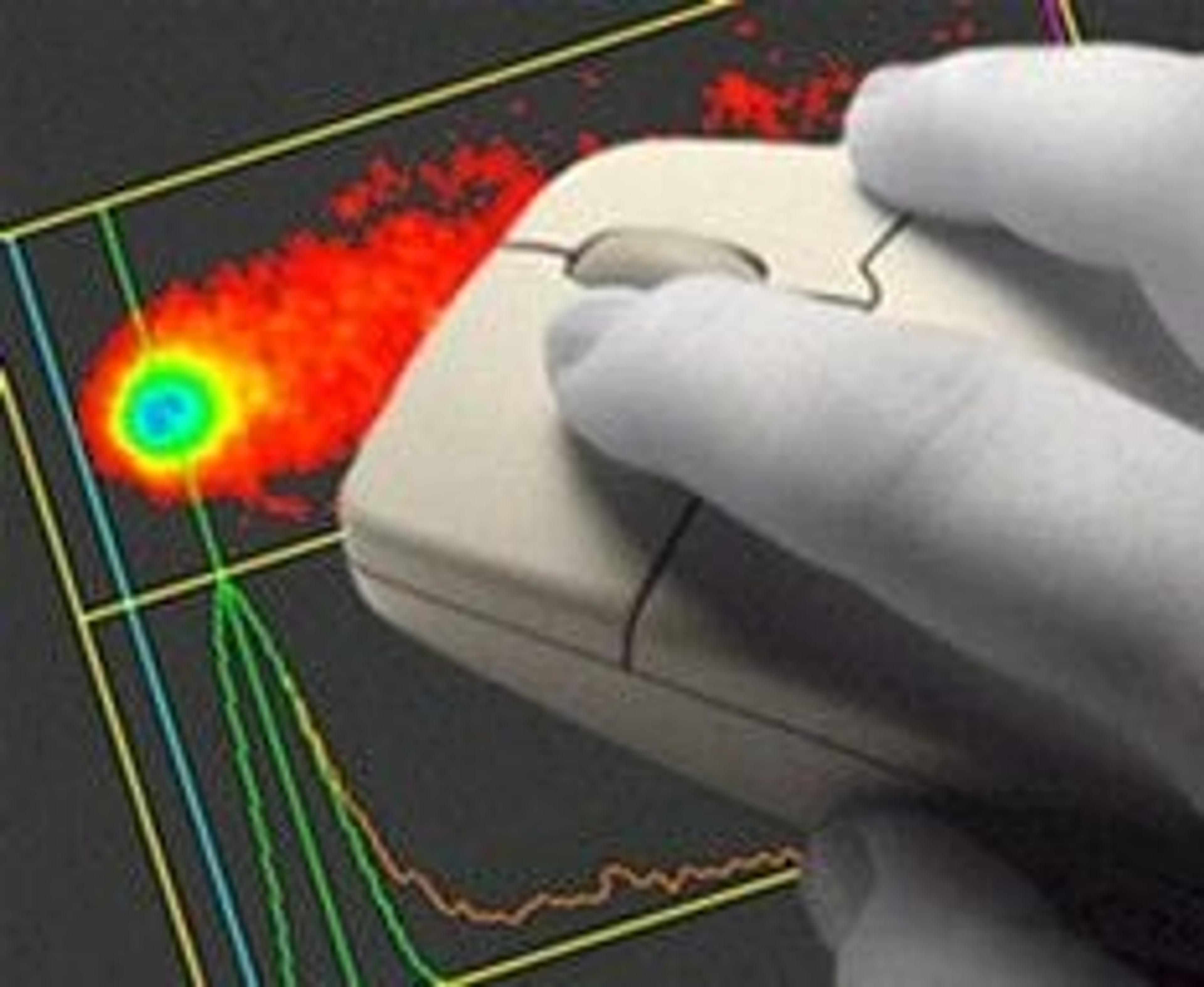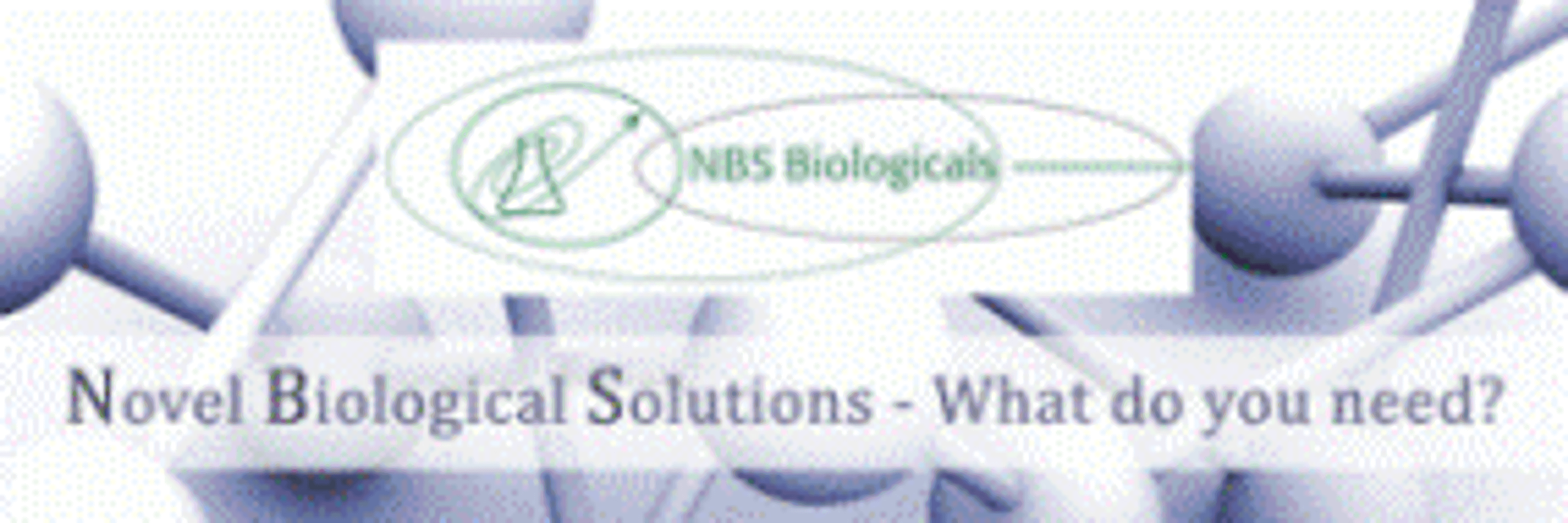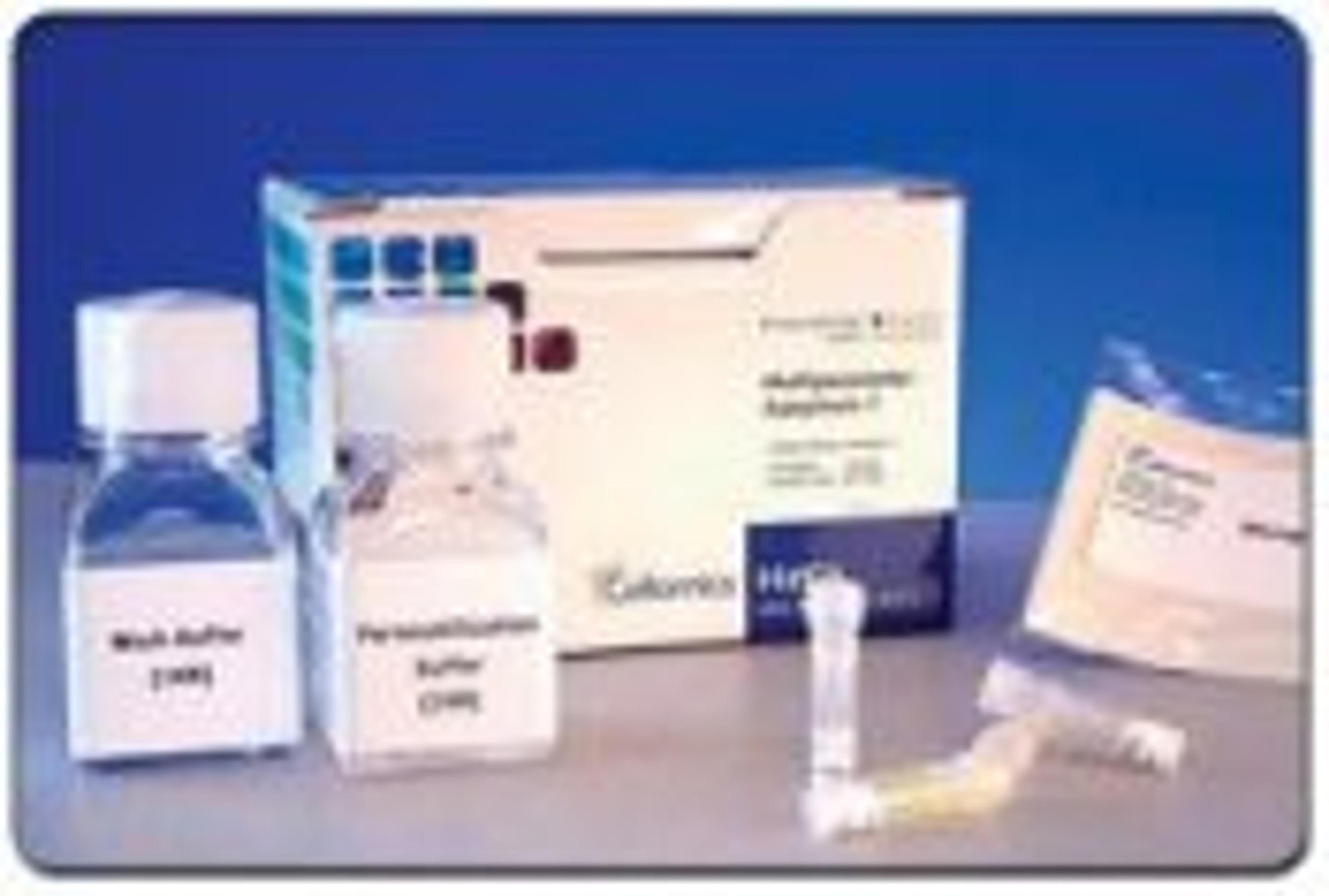ApopTag® TdT Enzyme
MerckApopTag® Terminal deoxynucleotidyl Transferase (TdT) is a recombinant enzyme intended for use in labeling the 3'-OH ends of fragmented DNA during apoptotic cell detection. Qualified for use with Apoptag® In Situ Apoptosis Detection Kits









